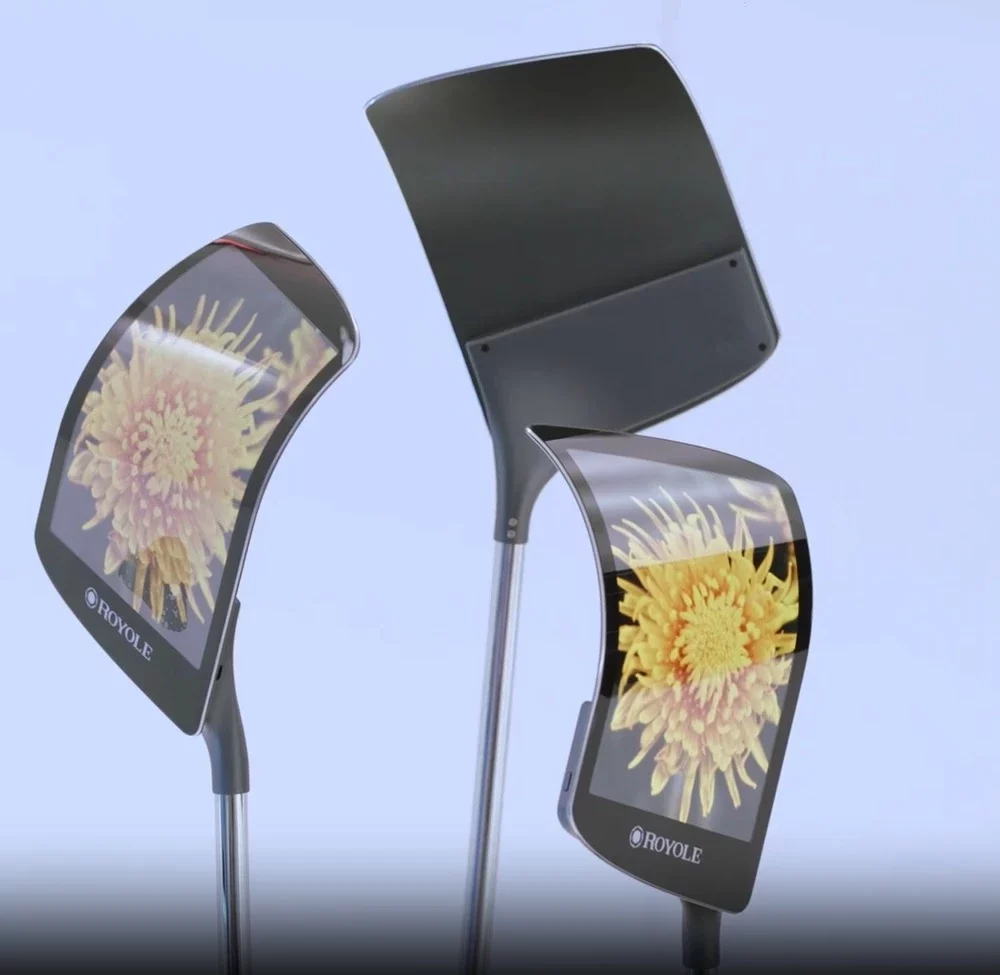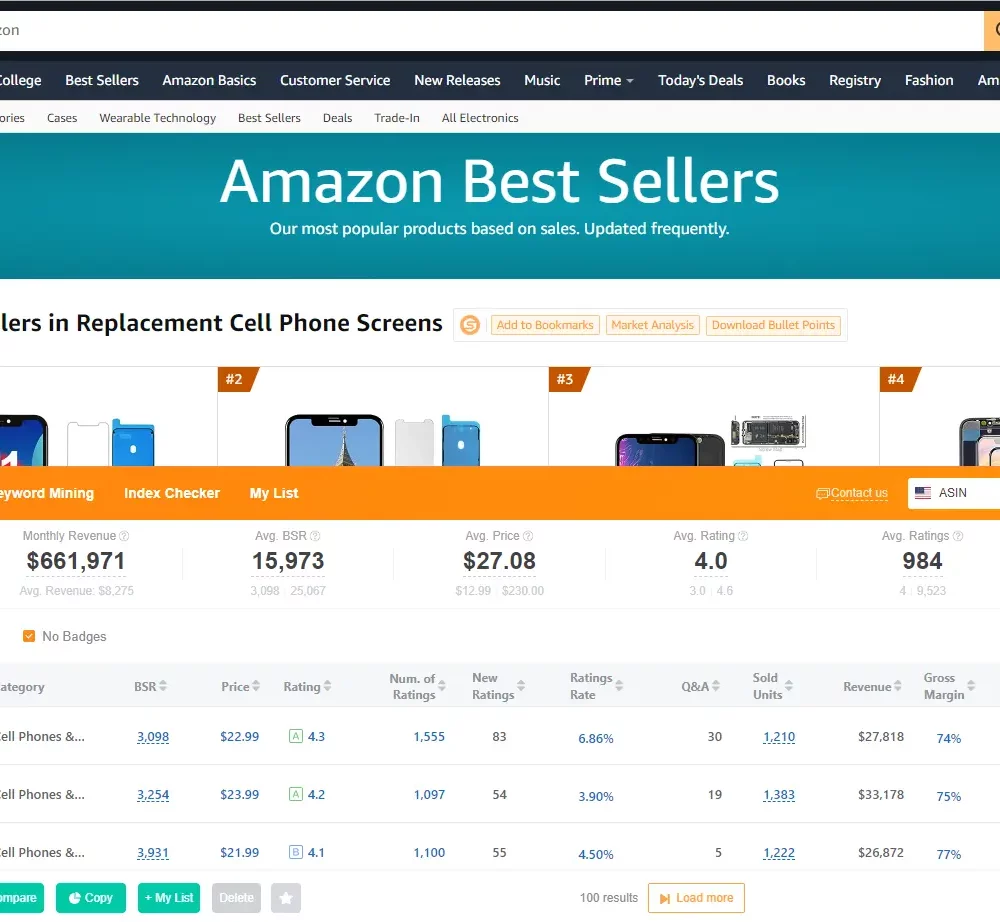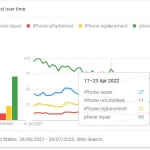
iPhone Repair – on a Rise or Fall
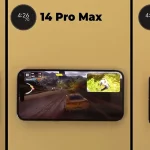
Anatomy of iPhone LTPO Super Retina XDR OLED Display
The manufacturing technology of TFT-LCD has undergone many major milestones over the years, leading to significant improvements in display quality, performance, and cost. Here are some of the most important points:
1970s
1980s
1990s
2000s
2010s
THREE MOST SIGNIFICANT TECHNOLOGY REVOLUTIONS
There have been numerous technology evolutions during the 40 years of TFT‐LCD manufacturing history, from the late 1980s to the present, which can be found in every process step, materials, and equipment technology advances; these combined efforts contributed to make TFT‐LCD the dominant flat panel display nowadays. Nonetheless, three most significant technology revolutions play significant roles as TFT-LCD panels grow commodity products.
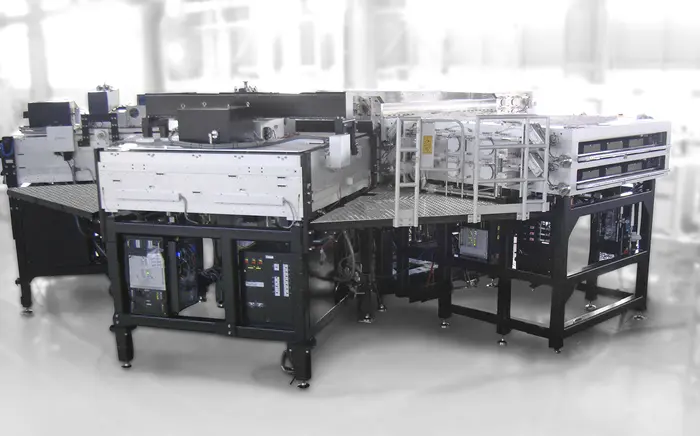
AKT Cluster PECVD System
The Applied Materials AKT PECVD is used to deposit insulating films on large area glass substrates for the fabrication of liquid crystal display (LCD) screens. This industry leading PECVD system offers a wide range of features that make it ideal for TFT-LCD manufacturing, including:
_ High deposition rates
_ Uniformity
_ Reliability
_ Flexibility
AKT PECVD system has helped to make LCD screens more affordable and accessible for consumers around the world.
Wide Viewing Angle Technology
Throughout the LCD industry growth, wide viewing angle technology contributed the most for widespread adoption of LCDs. Many modes including In-plane switching (IPS), Vertical alignment (VA), Twisted nematic (TN) have been used to improve viewing angle.
Of the three modes, IPS is the most widely used in smartphone panel manufacturing. This is because IPS displays offer a good balance of image quality, viewing angles, and cost. IPS displays are also relatively easy to manufacture, which makes them a good choice for mass production.
In addition to three modes above, Cell gap engineering, Photoalignment technology and Nanoparticle technology are still under development, but they have the potential to significantly improve wide viewing angles for flat LCD panel manufacturing.
| Mode | Alignment | Viewing angles | Contrast ratios | Image quality | Cost |
|---|---|---|---|---|---|
| IPS | In-plane switching | Wide | Good | Excellent | High |
| MVA | Multi-domain vertical alignment | Wide | Good | Good | High |
| PVA | Patterned vertical alignment | Wide | Good | Good | Medium |

LC Drop Filling Technology
LC One Drop Filling (ODF) technology is a liquid crystal filling technology for TFT-LCD manufacturing that uses a single drop of liquid crystal to fill the entire cell gap between the two substrates. The traditional liquid crystal injection process was time-consuming and wasteful.
The appearance of LC drop filling technology, as well as the accurately measured amount of LC is dispensed onto a TFT panel directly, greatly reduced the bottleneck process and contributed significantly to the growth of LCD‐TV market that started in 2003.
TFT-LCD manufacturing industry is still a major player in the global display market. TFT-LCDs are still the most widely used display technology in the world, and they are expected to remain so for the foreseeable future. However, OLED displays are already widely used in smartphones, and they are expected to become even more popular in the future. So will MicroLED displays and Quantum dot (QD) displays have such promising future.

